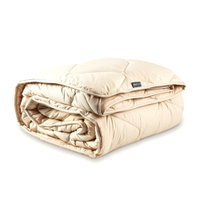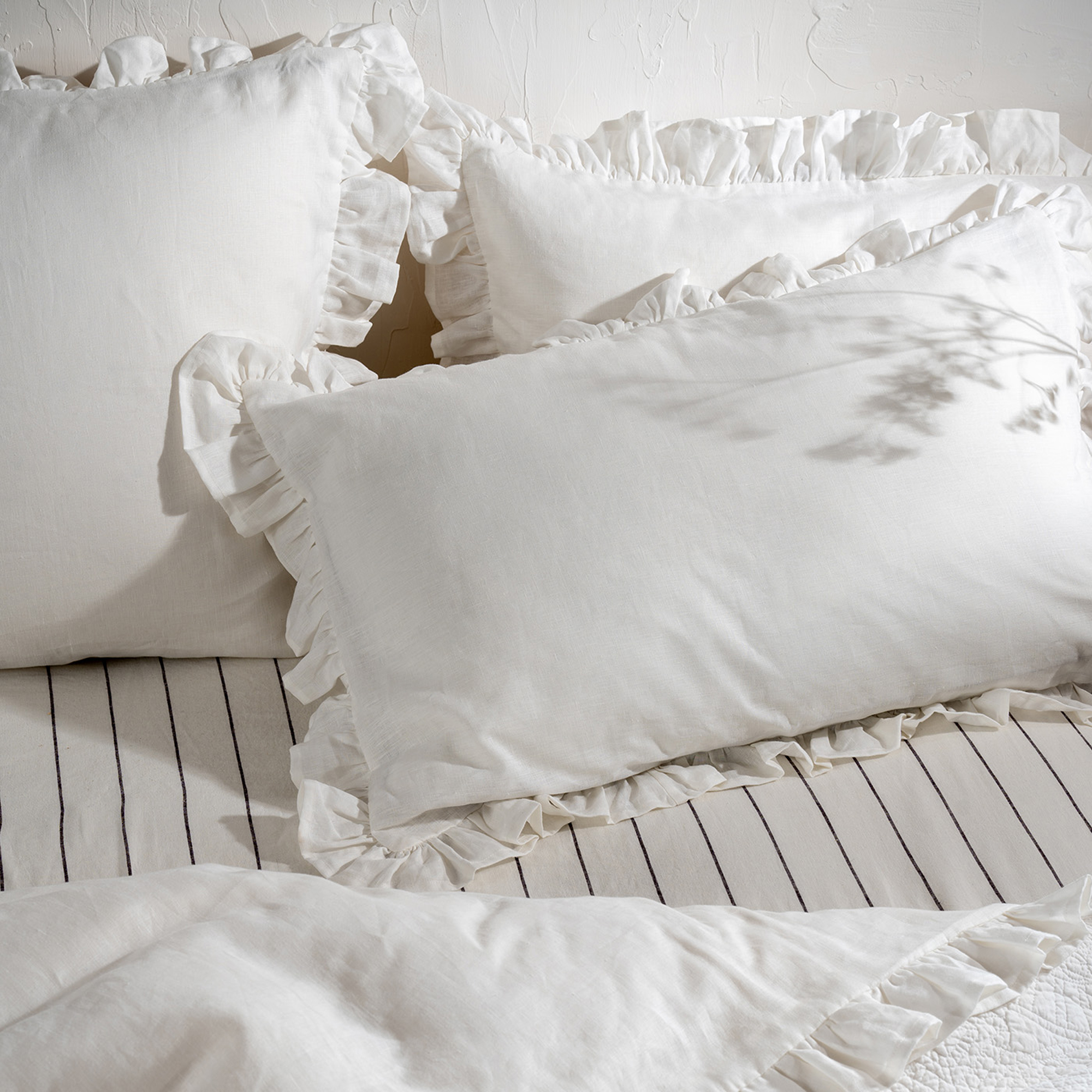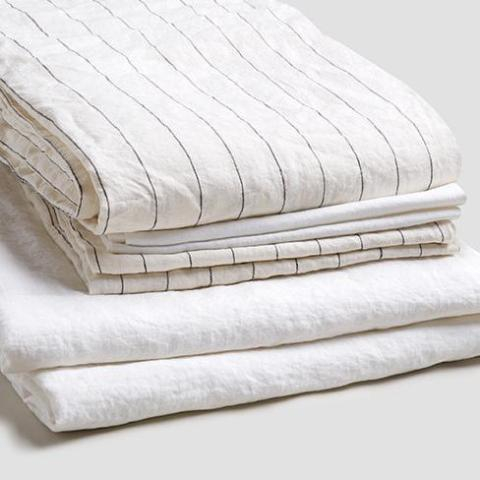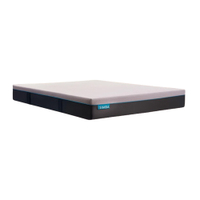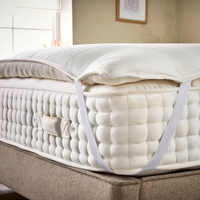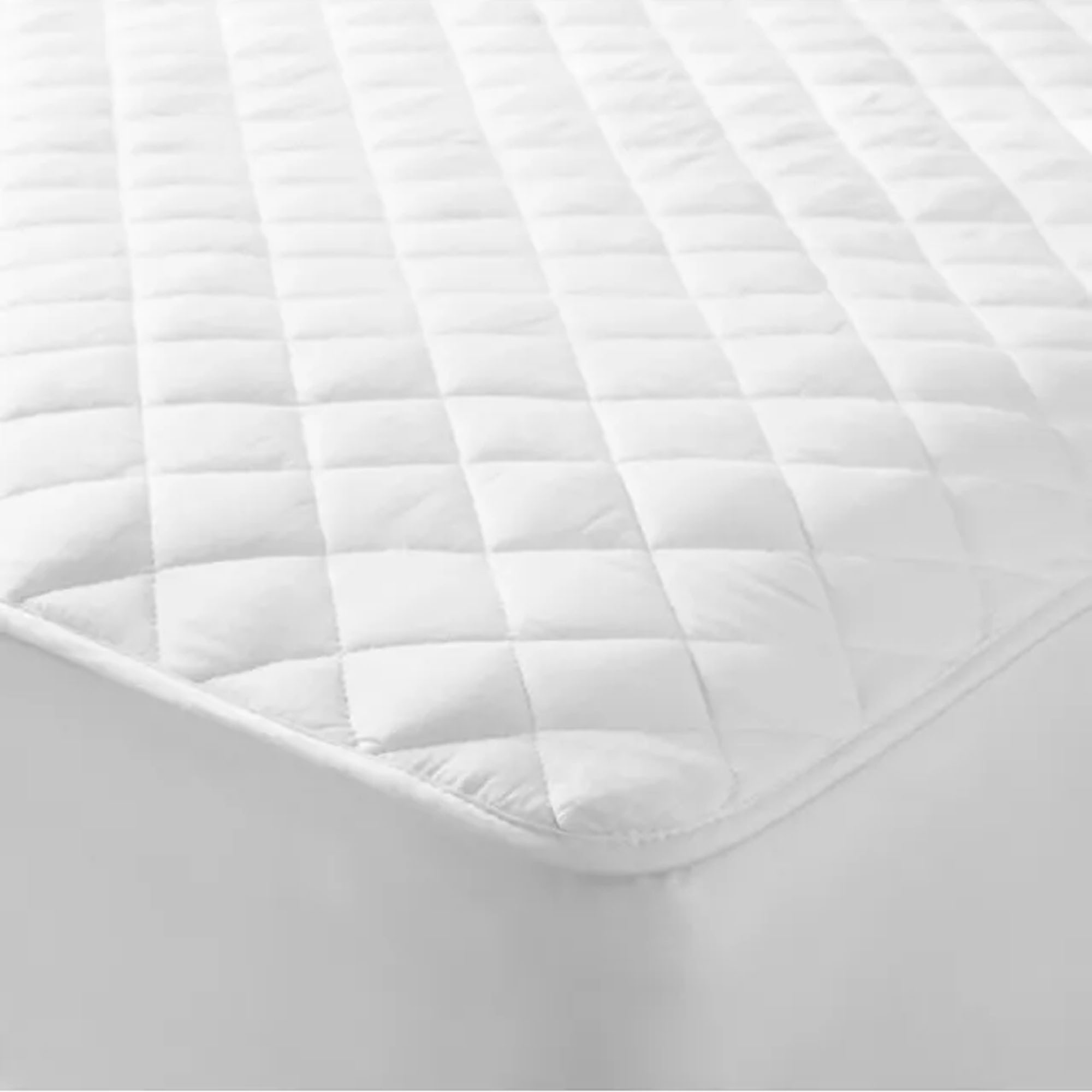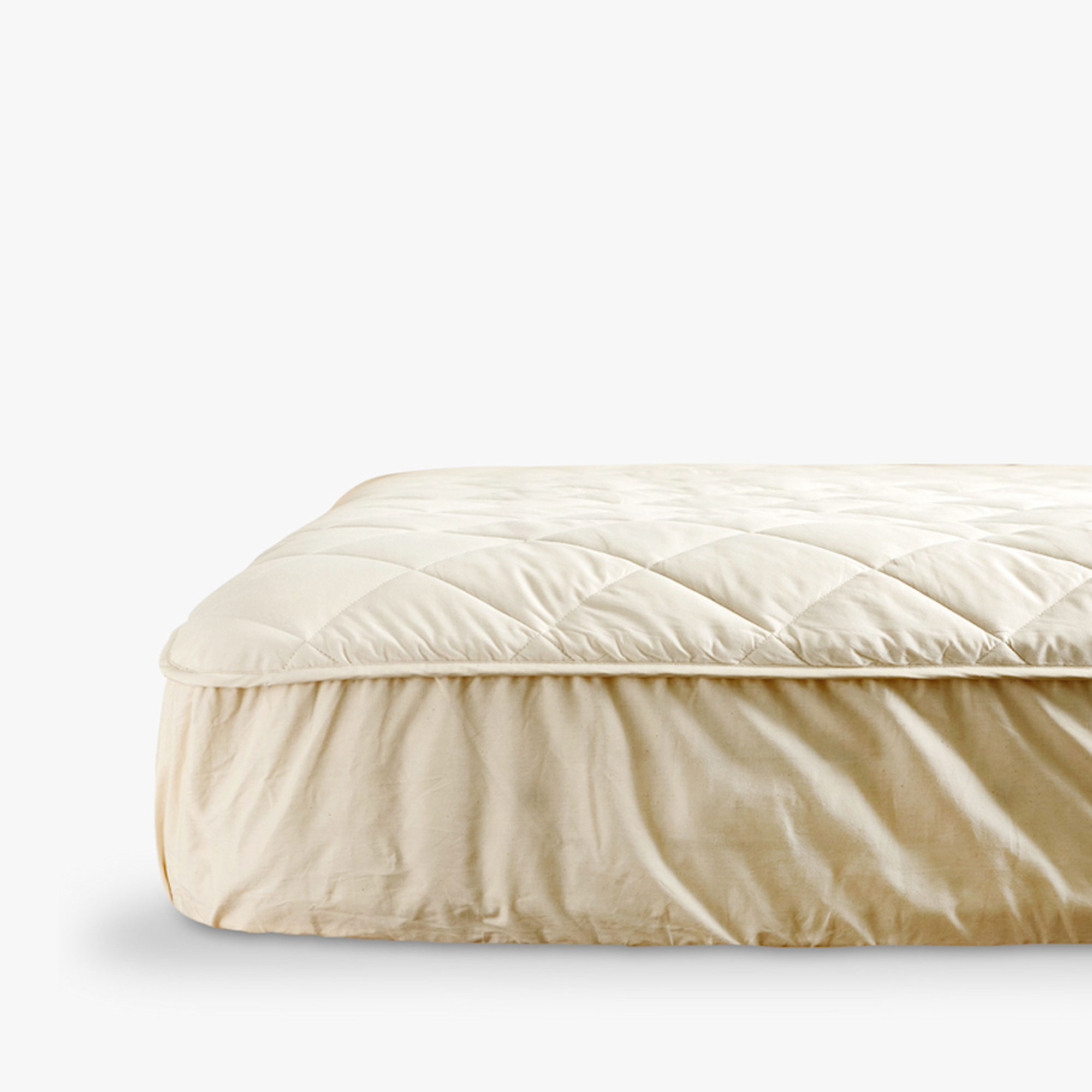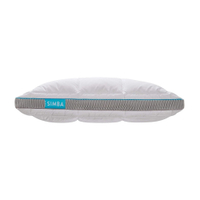8 things bedding experts recommend investing in to stay cool in bed - whether you are a hot sleeper or struggling to sleep in the summer
If you're a hot sleeper who's prone to overheating at night, or you're looking to sleep better during the next heatwave, this is what you need to stay cool in bed
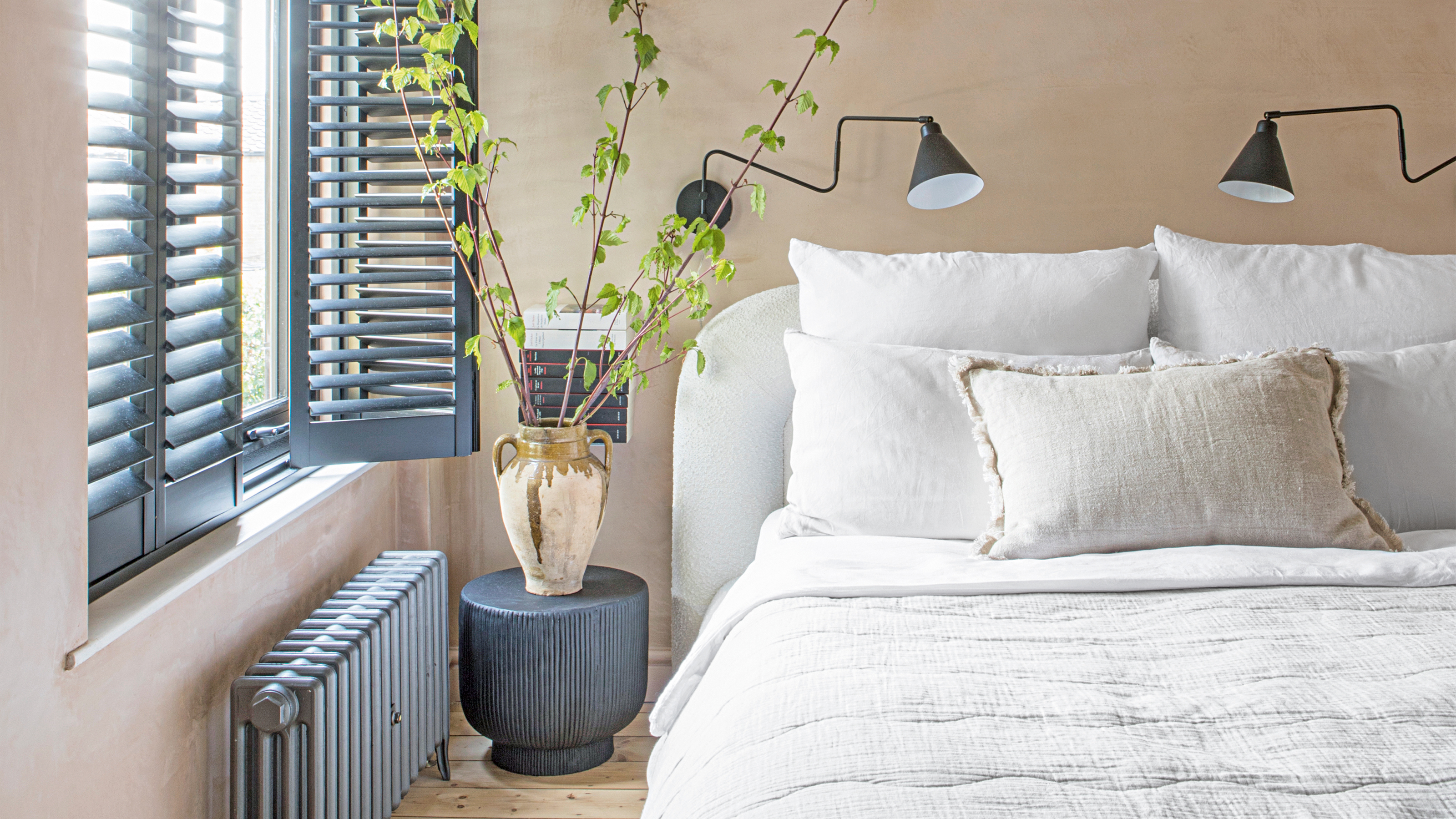

If you're wondering how to stay cool in bed this summer, then you're not alone.
Whether you're searching for the best mattress for a cooler night's sleep, a cooling mattress topper, or a more breathable duvet, many of us are on the hunt for ways to decrease our night-time temperature in order to avoid hot and sticky 3am wake-ups.
A study by the National Library of Medicine found that 'heat exposure increases wakefulness and decreases slow wave sleep and rapid eye movement sleep'. These two types of sleep are what we need to wake up feeling refreshed and rejuventated, so no wonder we're all so eager to prevent overheating from disturbing our slumbers.
As such, we've asked multiple bedding experts for their advice on how to stay cool in bed, whether you're naturally a hot sleeper, you're experiencing hot flushes, or you're looking for ways to combat the next heatwave.
1. Opt for wool bedding
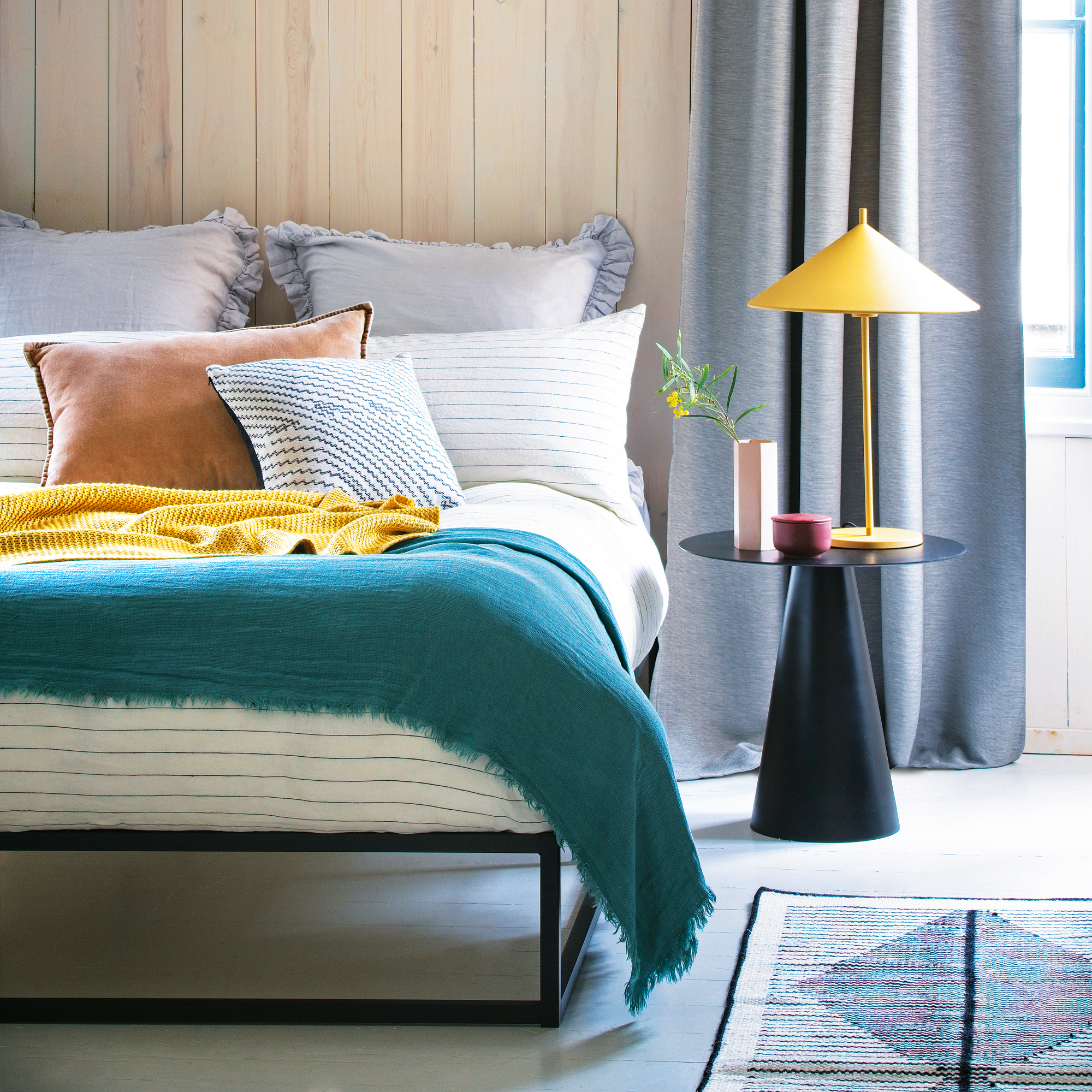
After much testing of the best bedding, our top advice for a cooler sleep is to ditch the synthetics and opt for natural bedding, in particular, bedding made from wool.
Synthetic bedding, like duvets with hollowfibre or microfibre polyester fillings, is made from petroleum-based fibres. These synthetics lack breathability and so reflect the heat and humidity all of our bodies release during the night back towards the sleeper. Opting for wool bedding instead allows heat and humidity to dissipate so the body can regulate its temperature better and we can enjoy a cooler sleep.
As Chris Tattersall, Sleep Expert and MD of wool bedding manufacturer Woolroom explains, 'for staying cool in bed, incorporating wool into your sleep environment is highly effective. Wool’s natural temperature-regulating properties are unmatched, as it can absorb up to 30% of its weight in moisture without feeling damp. This moisture management capability ensures that your body remains cool and dry throughout the night. Additionally, wool’s breathability allows for better air circulation, preventing heat from becoming trapped around your body'.
Woolroom Deluxe Washable Wool Duvet | from £115.99 at Amazon
One of the best wool duvets we've tested, Woolroom's Deluxe Washable Wool Duvet offers a breathable sleep with great temperature regulation.
2. Swap to a lighter tog duvet
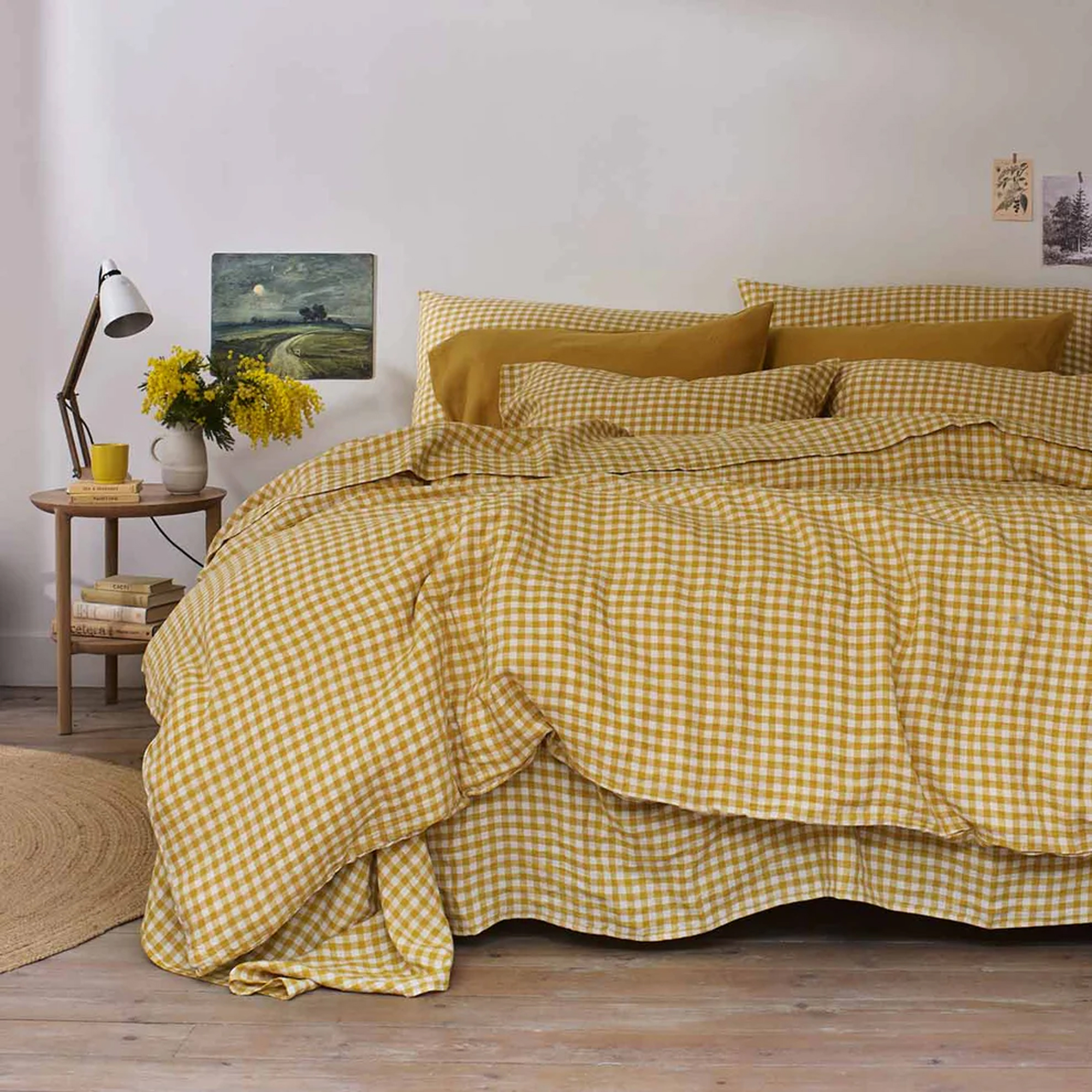
Of course it isn't just about the materials your duvet is made from. A wool duvet offers great temperature regulation, but your duvet tog rating matters too. This is a measurement of how much warmth a duvet traps, with the lowest and coolest duvet ratings starting at 1 tog and going up to 15 tog for the warmest options.
What's the best duvet for a cooler sleep? As Greg Potter PhD , Health Coach & Sleep Specialist on behalf of bedding brand The Fine Bedding Company, advises 'Tog ratings usually start from 4.5 for lighter, summer duvets, so if you overheat under the sheets, try a duvet with a tog rating less than 5 to help you keep cool'.
3. Invest in natural bedlinen
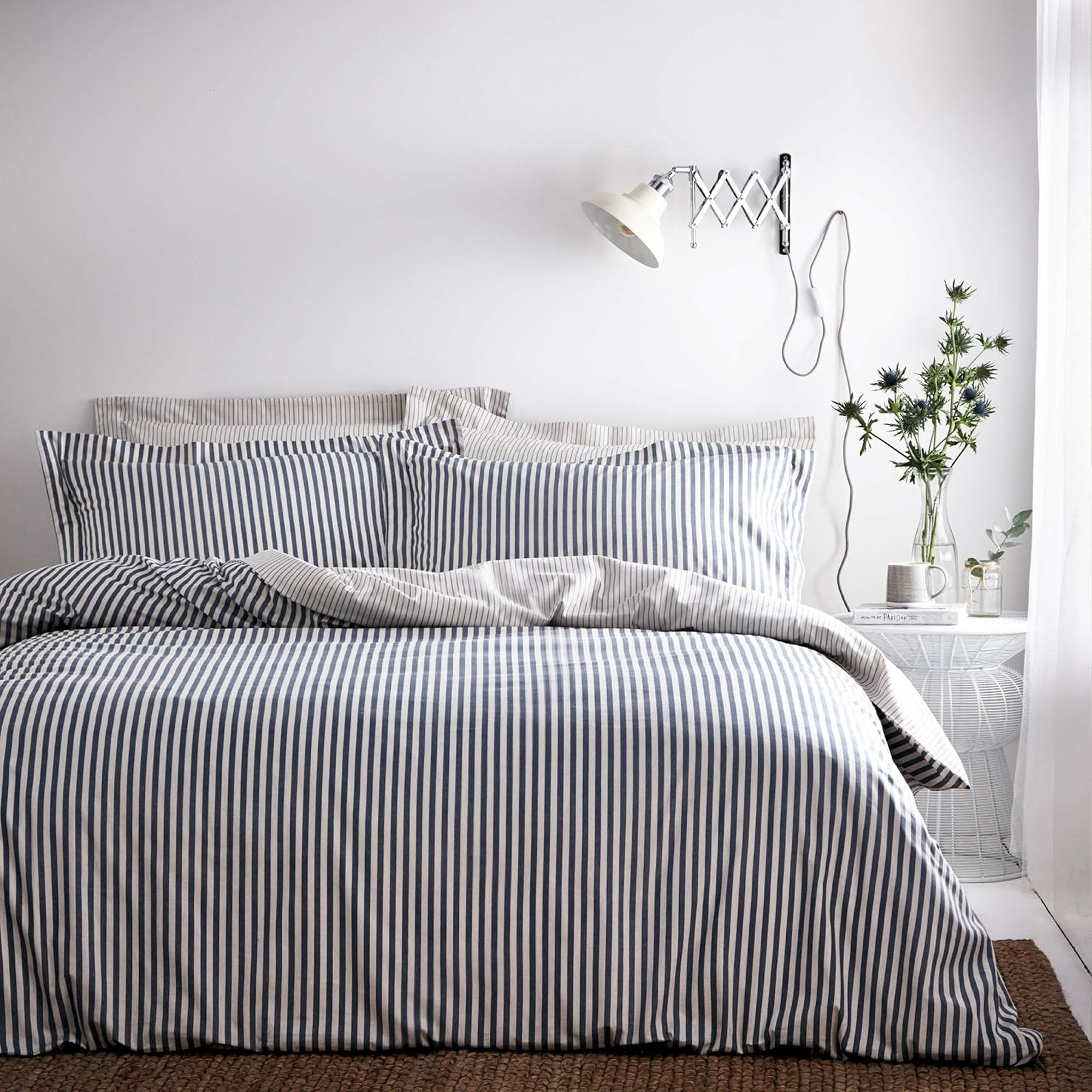
Opting for natural bedlinen – think duvet covers, pillow cases, and sheets – is another way to stay cooler in bed.
'Investing in bedding made from 100% natural materials like cotton or linen will make a huge difference to your sleep experience, as these materials are temperature regulating and naturally breathable. Avoid anything synthetic, which can lead to a sweaty and uncomfortable sleep', says Joanna James, Founder of bedding brand Bedfolk.
Tandy Avery, VP of Product Development at bedding specialist's LUXOME agrees, saying 'For breathable sheets, choose natural fibers, like cotton, linen, and bamboo-derived fabrics, to allow for better air circulation, encourage ventilation, and minimise sweating'.
We've rounded up three of our top natural bedlinen recommendations below, from the linen bedlinen our Sleep Editor recommends to more affordable cotton bedding sets.

The Linen Yard's affordable cotton duvet sets will add breathability to the bed without breaking the bank.
4. Choose a breathable mattress
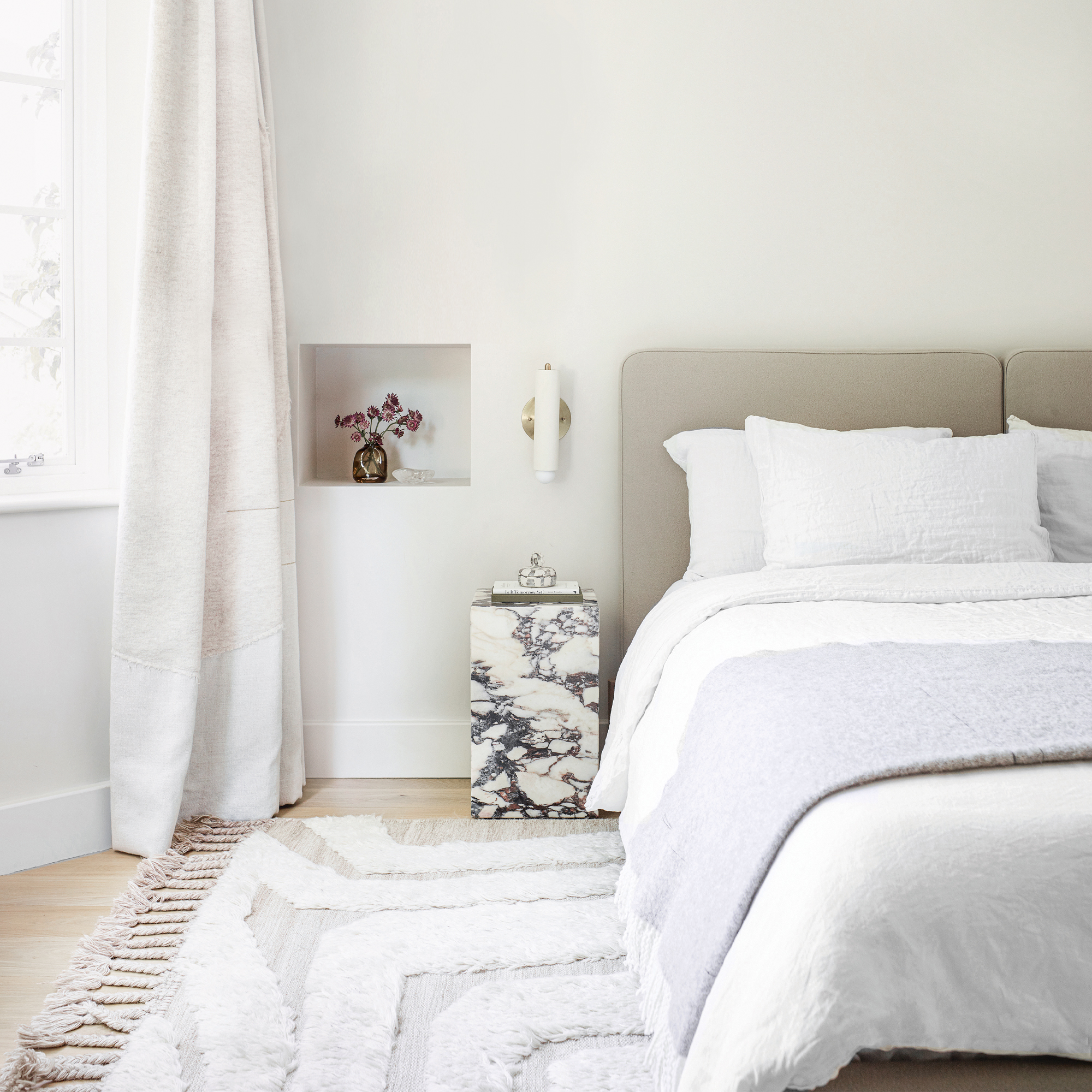
Perhaps the biggest alteration you can make to your sleep set-up if you're pondering how to sleep better and tend to wake up too warm, is opting for a more breathable mattress.
Many modern mattresses are made from synthetic materials, in particular memory foam, which is popular due to its cushioning feel which, when activated by body heat, moulds to the body to support and cradle us as we rest.
However, synthetics are prone to trapping heat, so again, natural materials are the way forward for sleeping cooler. As Adam Black, co-founder at mattress manufacturer Button & Sprung explains, 'memory foam is a plastic-based, engineered material which insulates rather than regulates, and so it will reflect heat and only make you hotter'.
'Synthetics are not breathable' he continues, 'they make you sweat while natural materials are inherently breathable and keep your body temperature balanced. It’s like the difference between a synthetic fitness top, which is designed entirely for sweat and performance, and a cotton shirt which will keep you cool and comfortable'.
Unfortunately, natural fill mattresses do tend to be the most expensive mattresses you can buy, so if your budget only stretches to a synthetic option – or you really love the comfort-factor of memory foam – it's well worth looking for one that has as much built-in cooling technology as possible.
Simba Hybrid Mattress | from £929 at Amazon
This mattress is one of the coolest memory foam hybrids we've tested. Our reviewer gave it 4.5 out of 5 stars in her Simba Hybrid Pro mattress review.
5. Add a cooling mattress topper
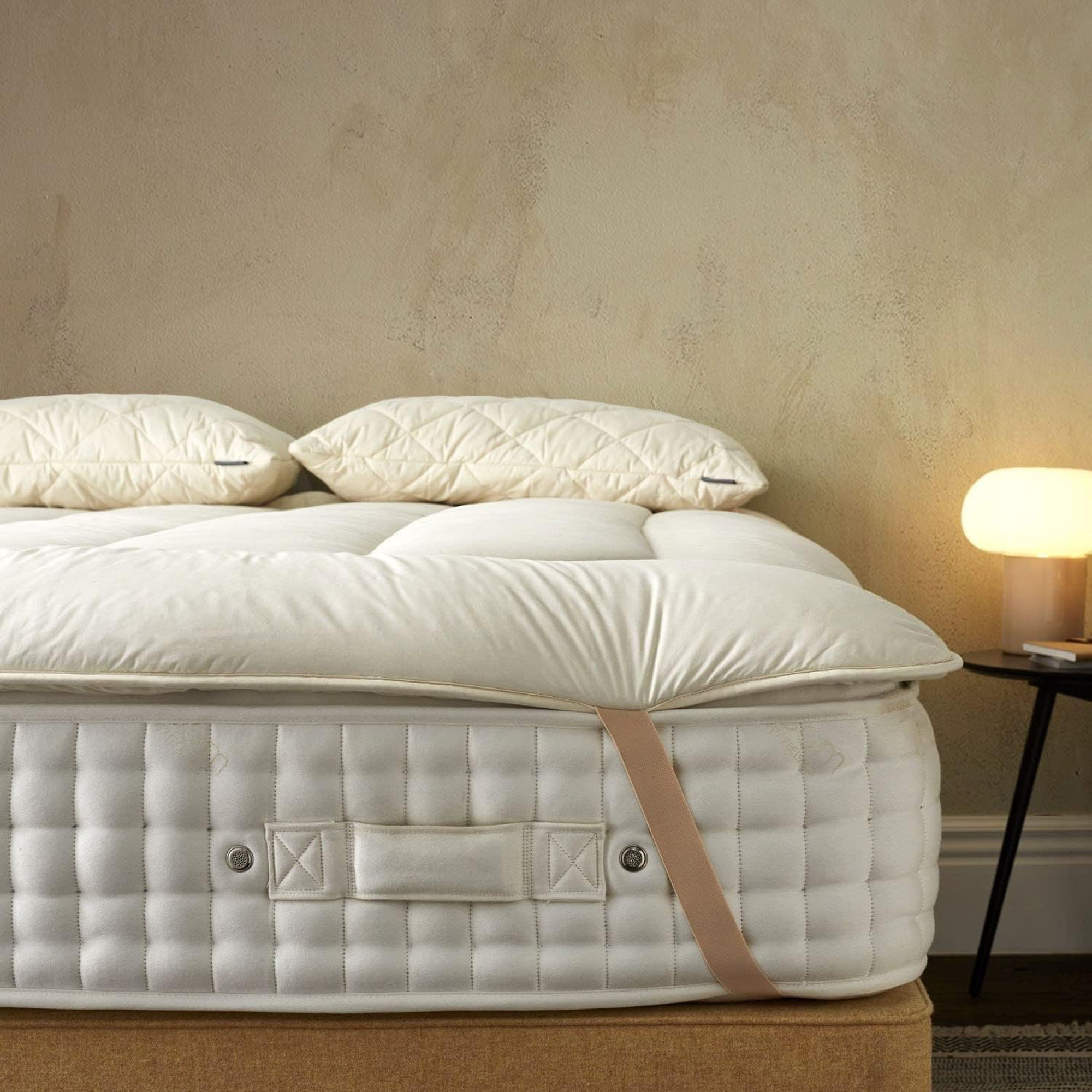
Of course, we don't all have the budget to swap out our existing mattress for a brand new one, even with the help of a well-timed mattress deal. But don't worry, there are still ways to make a mattress that's causing you to overheat more bearable.
'If you want to preserve your mattress but make it more suitable for summer sleeping, consider buying a mattress protector or topper designed to keep you at a comfortable temperature', suggests Sleep Specialist, Greg Potter.
What is a mattress topper? This is a cushioned layer which you attach to the top of your existing mattress. The best mattress toppers are designed to add comfort and support to a firm sleep surface, but a cooling mattress topper can also add some much needed breathability to your sleep surface.
The best cooling mattress toppers are made from either natural materials, or are constructed from synthetic fibres with cooling technology built in.
Woolroom Deluxe Wool Mattress Topper | from £140 at Amazon
Another Woolroom option, this all-natural topper is the perfect breaker layer over a synthetic mattress.
6. Don't forget the mattress protector
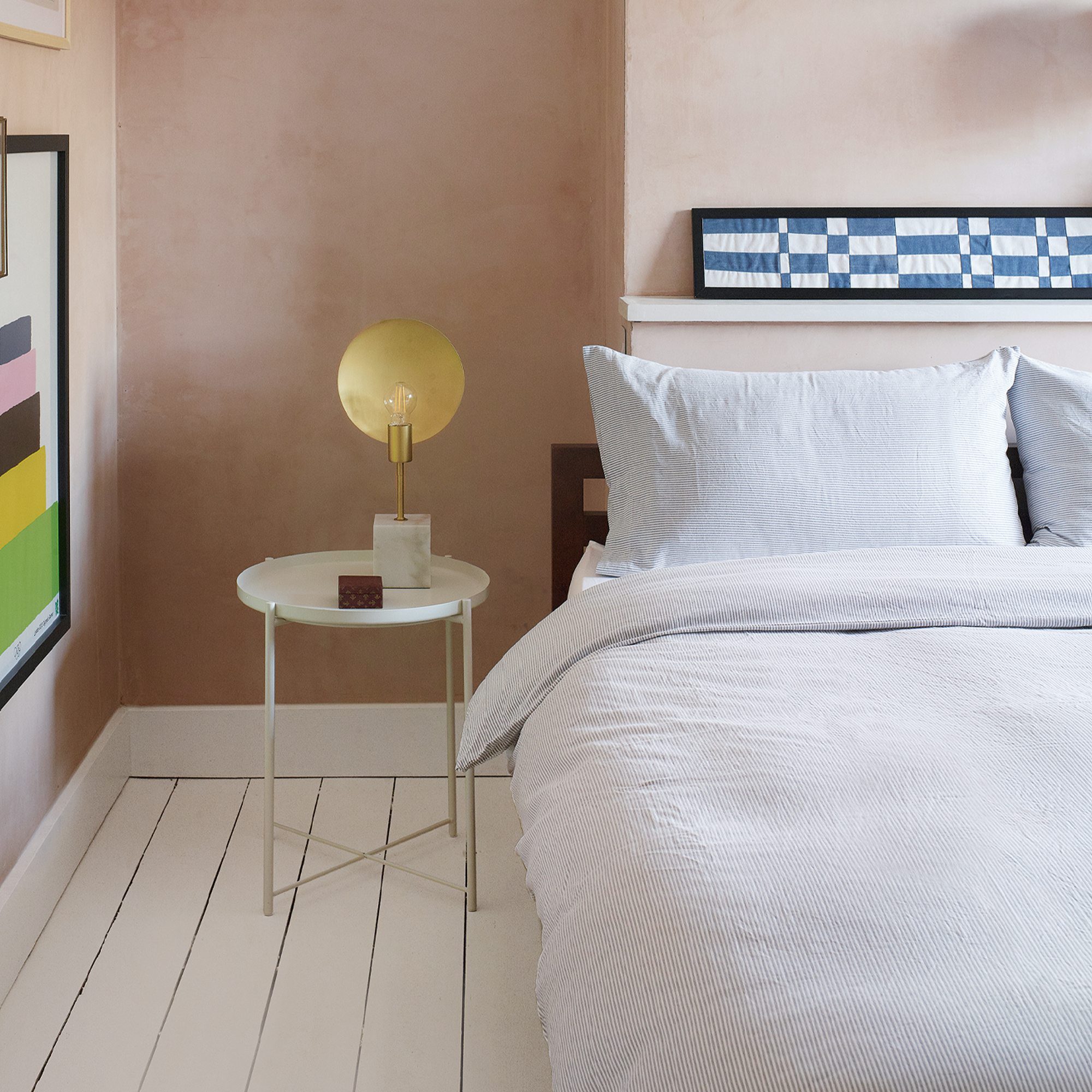
As Greg says, a mattress protector can be another good way to add a 'breaker layer' between your body and the mattress to prevent overheating.
What is a mattress protector? Unlike a topper, a protector won't add much extra cushioning to a bed, it's a far thinner layer that's designed to protect your mattress from spills and stains. (Our guide to mattress toppers vs protectors has more detail).
But, the best mattress protectors still offer a thin layer of quilting under the fabric top cover. If you opt for a mattress protector made from natural materials like cotton or wool, this thin layer of breathability can still make a surprising amount of difference when added over a synthetic mattress which is trapping the heat.
Plus, if you've invested in a breathable mattress or a cooling mattress topper, you don't want to undo that breathability by adding a synthetic mattress protector on top. Our three favourite all-natural mattress protectors are below.

This is the best value pure cotton mattress protector we've come across. It comes in two depths to fit a mattress up to 30cm or 38cm.
7. Get a breathable pillow
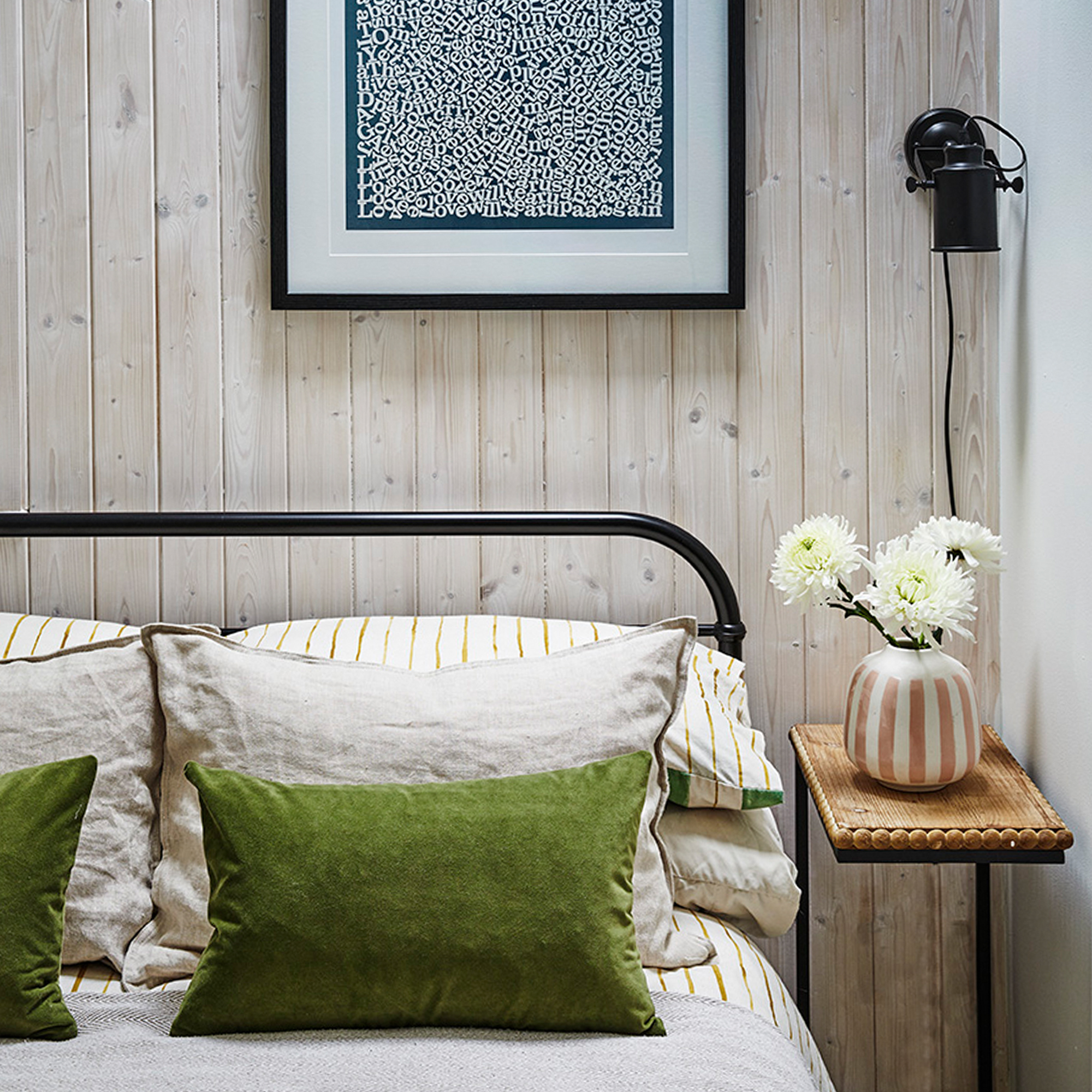
Whilst you may think your pillow doesn't have large part to play in keeping you cool in bed, you'd be wrong.
'Given the roles of brain temperature in sleep regulation, your pillows are key to sleeping in the heat. Pillows differ substantially in how effectively they dissipate heat, so choose pillows that support cooling'. says Greg Potter PhD, Health Coach, Sleep Specialist and Advisor on behalf of The Fine Bedding Company.
Yep, that means opting for natural materials like wool for your pillow filling too, or opting for a synthetic option that has dedicated cooling features
Simba Hybrid Pillow | £109 at Amazon
A regular top entry in our guide to the best pillows, the adjustable Simba Hybrid pillow is made from synthetics, but employs 'phase change' technology to deliver a cooler sleep.
8. Wear breathable sleepwear
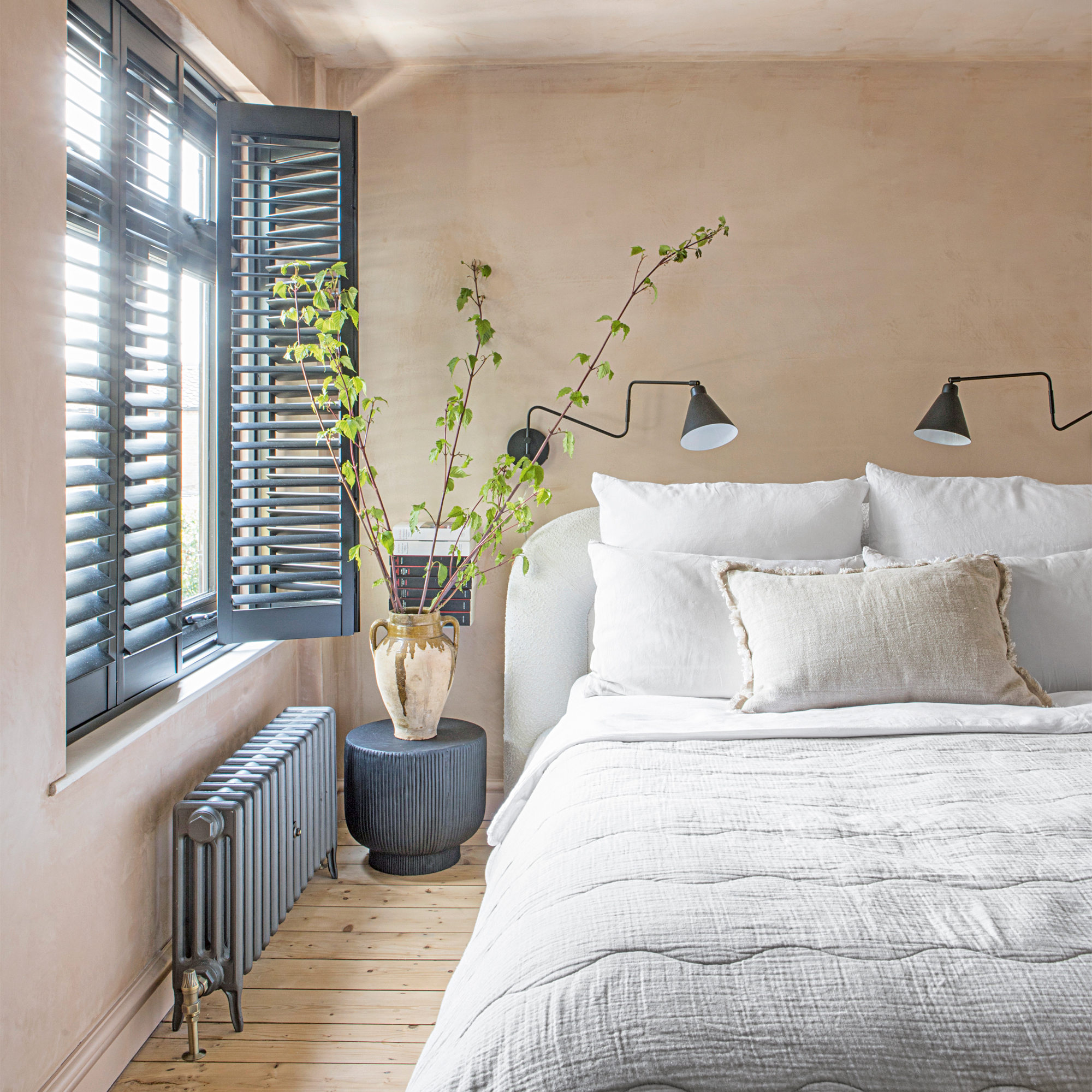
And lastly, if you've done all of the above in order to secure a cooler night's sleep, don't fall down at the last hurdle and kit yourself out in synthetic fibres before you jump into bed. Opt for sleepwear made from natural fibres too, or, don't wear any at all!
'It's the same as with your sheets', says Tandy Avery of LUXOME, 'the right kind of material will help you stay cool. Opt for loose-fitting, natural-based fibers like modal, bamboo, silk, or cotton'.
James Montgomery-Castle, Junior Buyer at bedding retailer Soak & Sleep agrees, recommending, 'loose fitting pyjamas made of breathable cotton or silk' to keep you cooler in bed.
So there we have it, plenty of top tips from those in the know on how to stay cool in bed this summer, or indeed, at any time of the year if you tend to struggle with temperature regulation.
And, of course, you don't need to swap out all of your bedding at once. You can invest piece by piece in a cooler night's sleep, making the most of bedding deals and mattress deals as they crop up.
In particular, key sales events like Amazon Prime Day or Black Friday can offer good opportunities to shop products that might usually out of our price range, for less.
Get the Ideal Home Newsletter
Sign up to our newsletter for style and decor inspiration, house makeovers, project advice and more.

Amy is Ideal Home’s Sleep Editor and the Ideal Home Certified Expert on Sleep. She's spent the last four years researching and writing about what makes for the best night’s sleep during the day and testing out sleep products to find the best-in-class by night. So far she’s clocked up over 10,000 hours of pillow, duvet, and mattress testing experience.
Our go-to for all things sleep-related, she’s slept on and under bestselling products from Simba, Emma, Hypnos, Tempur, Silentnight, Panda, and many many more.
As a hot sleeper, Amy is always on the lookout for the most breathable bedding, but she also leads a wider team of testers to ensure our product testing encompasses both hot sleepers, cold sleepers, front sleepers, back sleepers, side sleepers, and everything in-between.
-
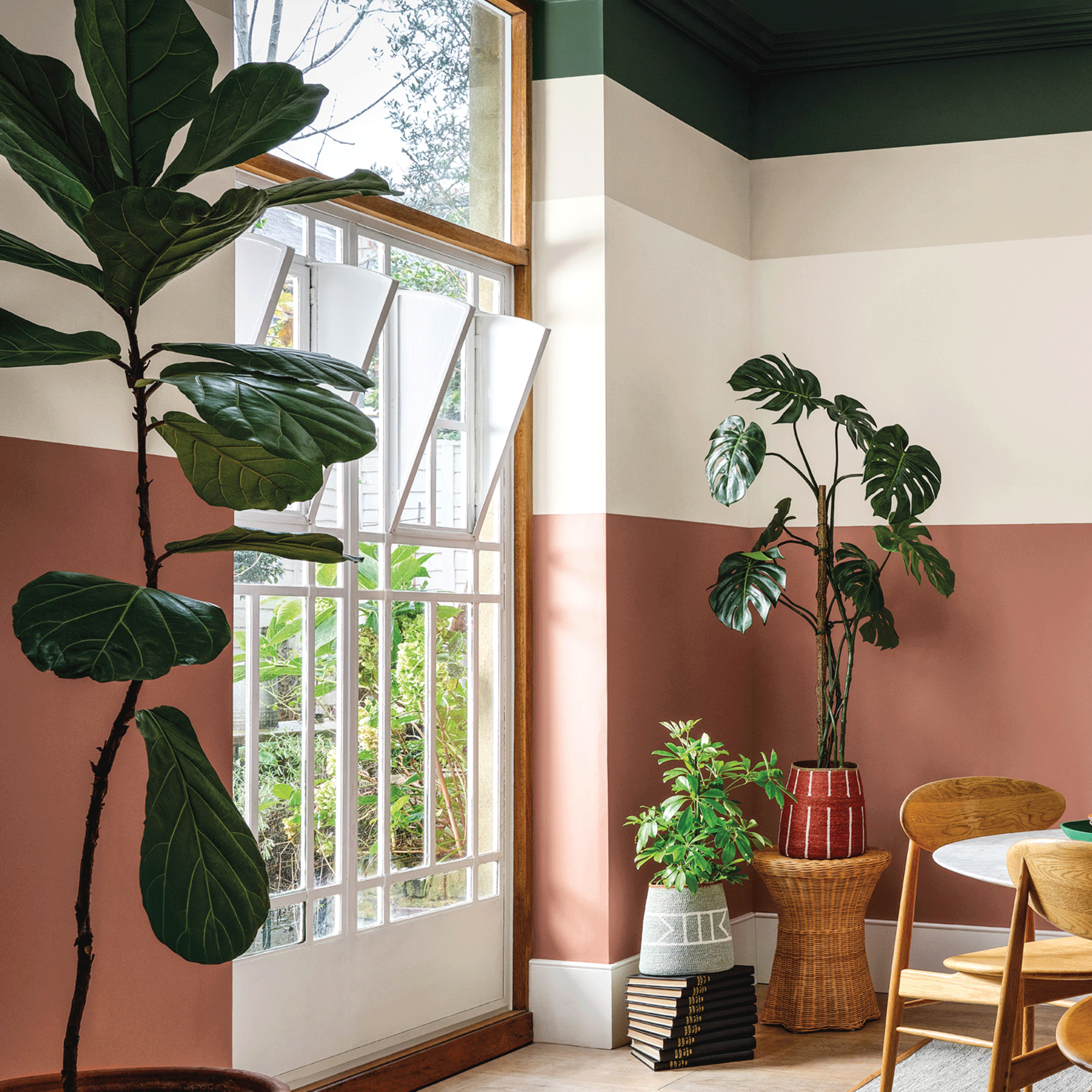 Crown Paint has launched new wall colours for the first time in three years, and changed how I think about neutral shades
Crown Paint has launched new wall colours for the first time in three years, and changed how I think about neutral shadesIs terracotta the ultimate neutral?
By Rebecca Knight
-
 How to protect seedlings from birds – experts say there's a kind and clever way to stop them pecking
How to protect seedlings from birds – experts say there's a kind and clever way to stop them peckingYes, you can protect seedlings from birds without harming your feathered friends...
By Kayleigh Dray
-
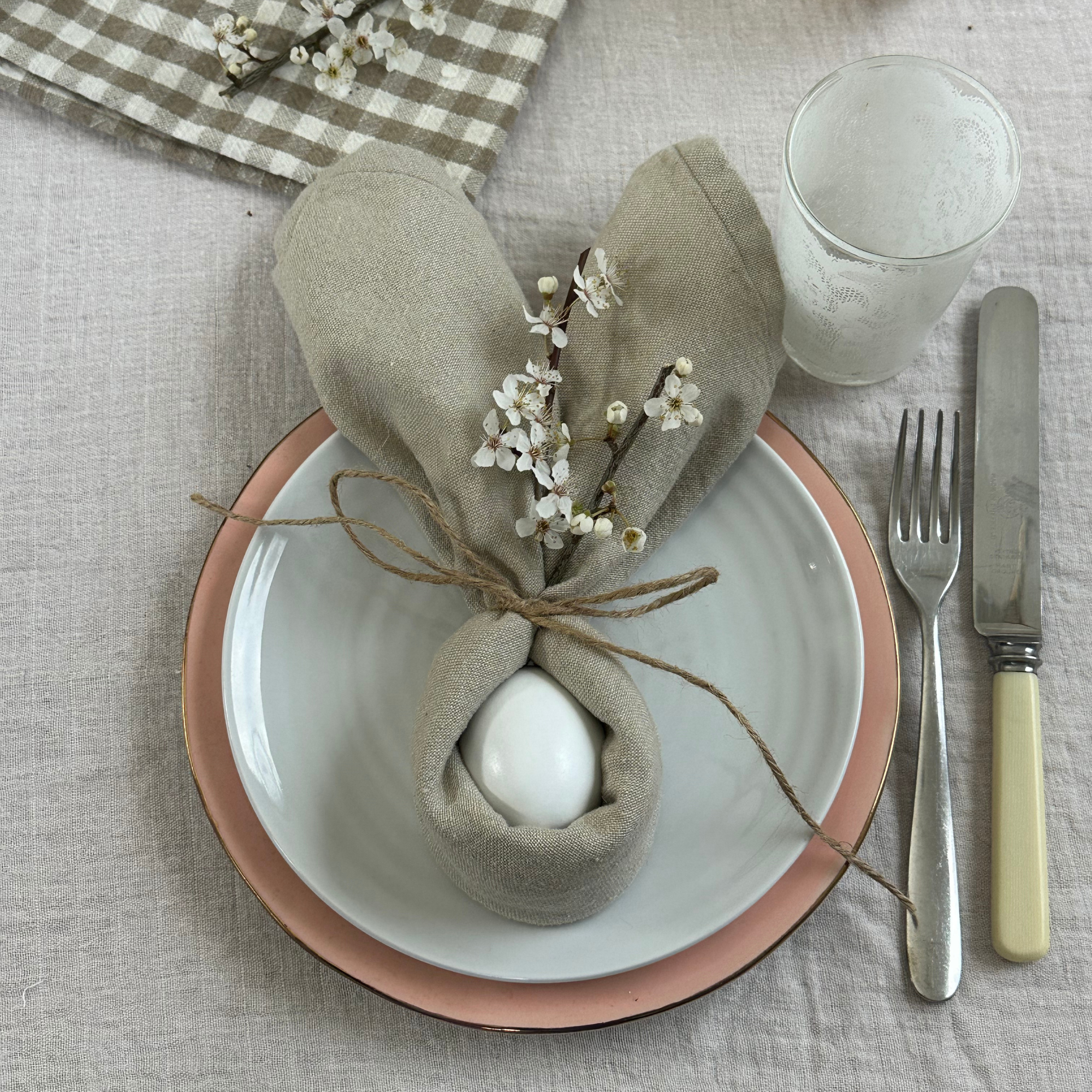 We tried the viral napkin bunny ears hack – it only takes five minutes and will take your Easter table to the next level
We tried the viral napkin bunny ears hack – it only takes five minutes and will take your Easter table to the next levelThis Easter craft is not only beautiful, but really easy to do
By Kezia Reynolds
-
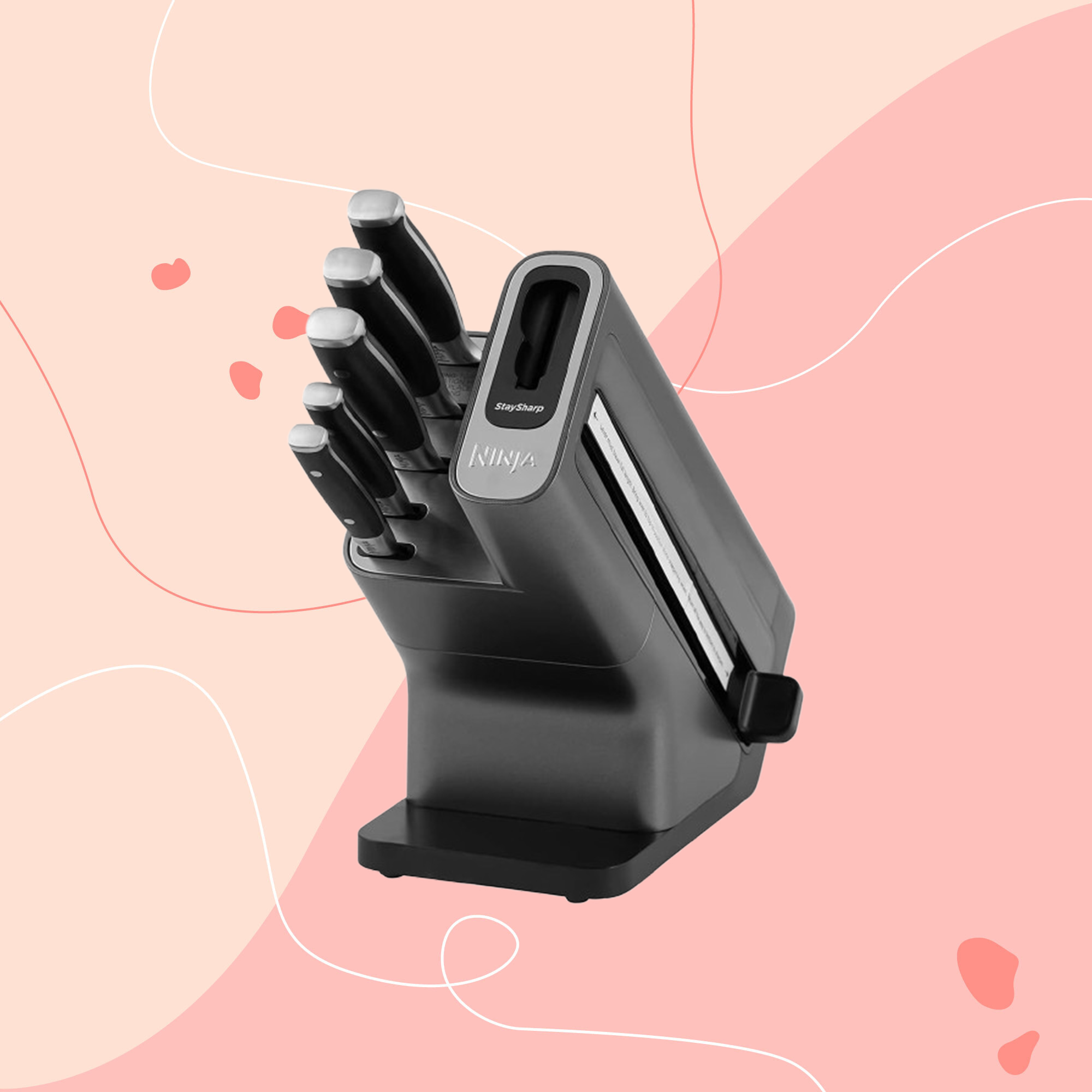 This Ninja knife block has over 1000 5-star Amazon reviews - and promises that you'll never have to deal with a blunt knife again
This Ninja knife block has over 1000 5-star Amazon reviews - and promises that you'll never have to deal with a blunt knife againNot only does this block provide you with cutting power, but it has a built-in sharpener too
By Molly Cleary
-
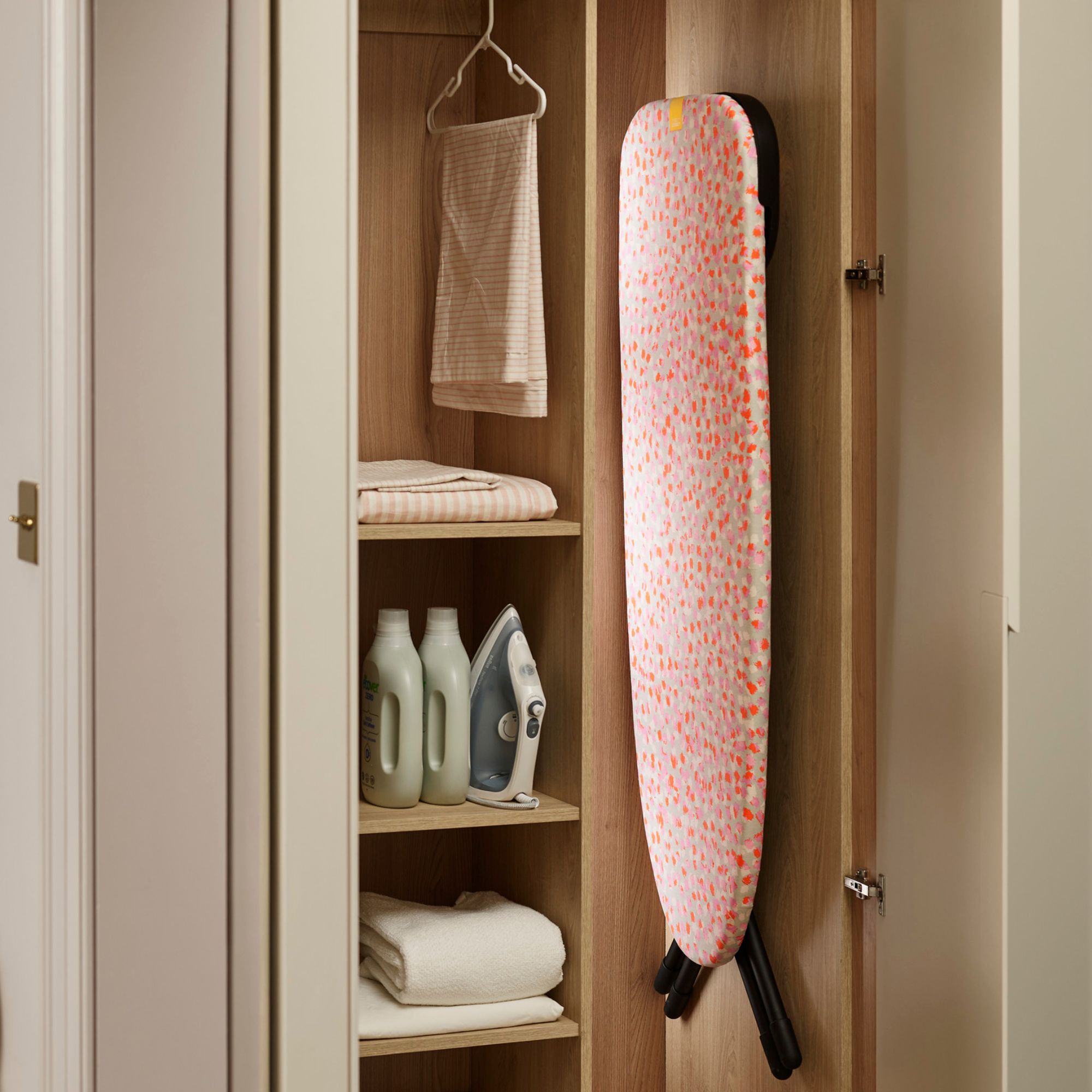 The genius Joseph Joseph space-saving buys to snap up while they're on sale at Amazon - but you need to be quick
The genius Joseph Joseph space-saving buys to snap up while they're on sale at Amazon - but you need to be quickRun don't walk to get your hands on these space saving buys
By Kezia Reynolds
-
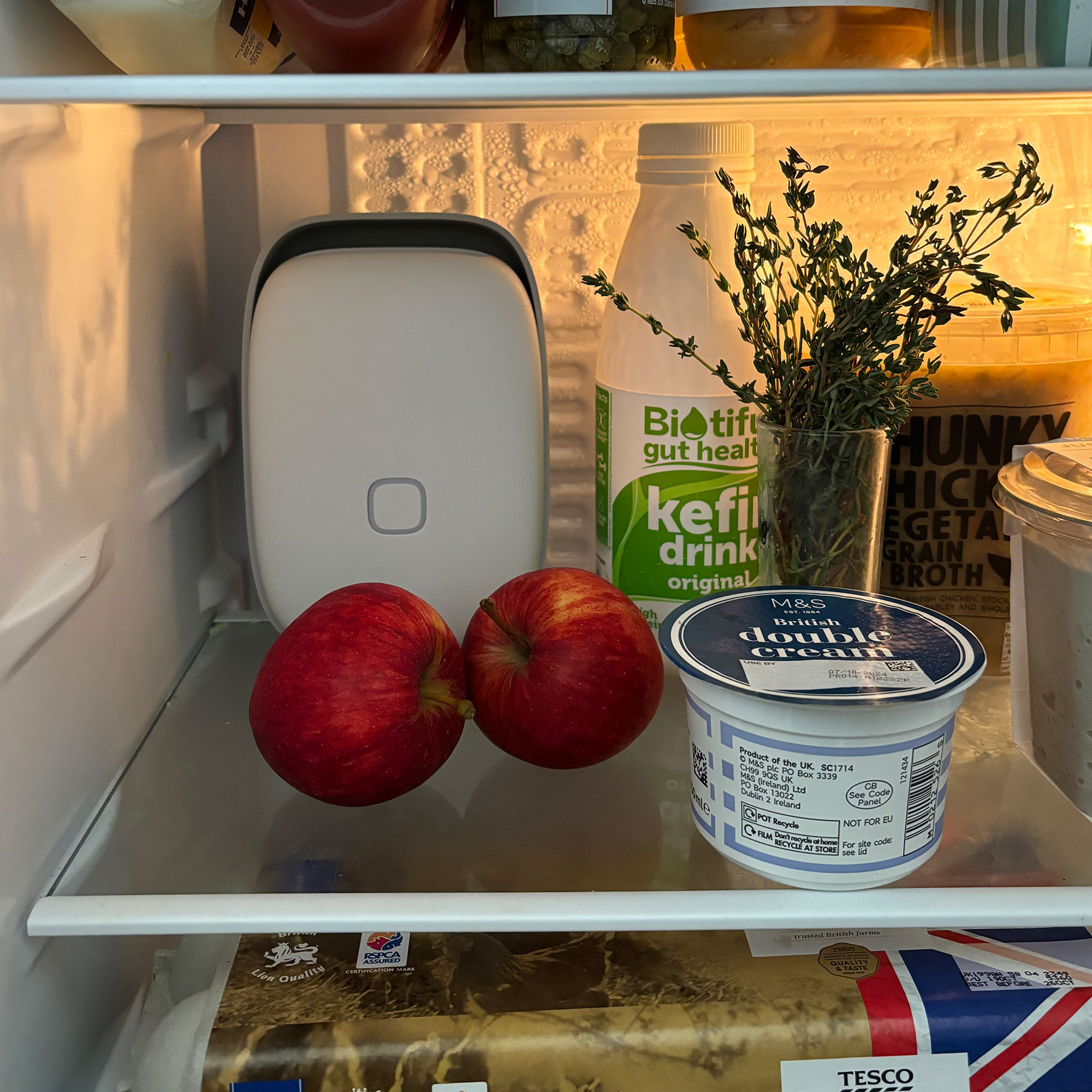 This fridge purifier made me realise I'd been keeping my fridge at the wrong temperature for years - it's been a gamechanger
This fridge purifier made me realise I'd been keeping my fridge at the wrong temperature for years - it's been a gamechangerIt banishes bad smells AND extends the shelf life of my fruit and veg...it's safe to say I was impressed
By Rebecca Knight
-
 The clever £18 buy Ruth Langsford uses to keep her kitchen sink looking spotless - and it's from one of our favourite brands
The clever £18 buy Ruth Langsford uses to keep her kitchen sink looking spotless - and it's from one of our favourite brandsThe brand is known for their stylish and functional organisation pieces and we're obsessed
By Holly Cockburn
-
 This bean-to-cup Breville coffee machine is now under £300 - as a Kitchen Appliances Editor it's the deal I can't stop recommending to my friends
This bean-to-cup Breville coffee machine is now under £300 - as a Kitchen Appliances Editor it's the deal I can't stop recommending to my friendsBean-to-cup machines at this price are hard to find
By Molly Cleary
-
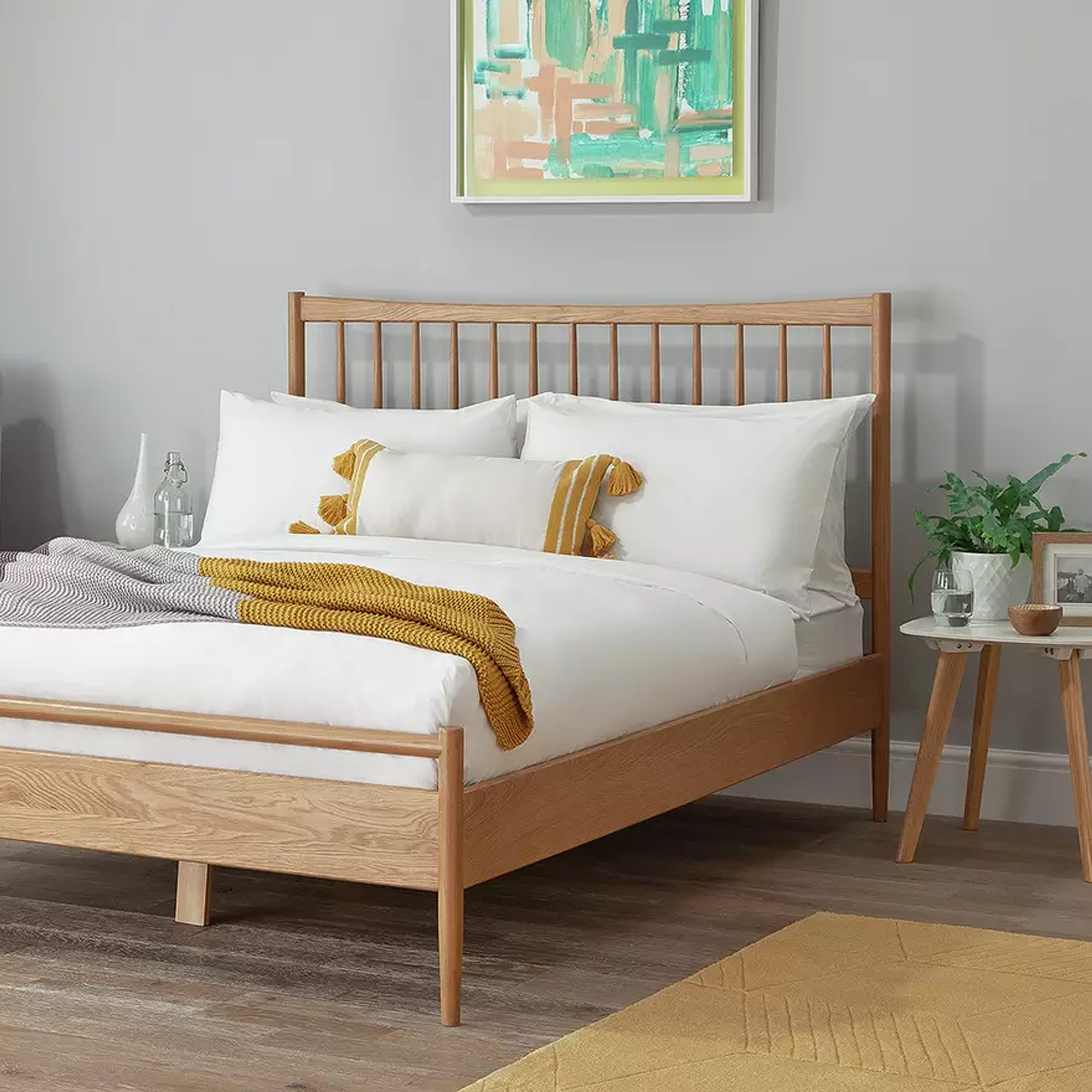 Forget Prime Day, I’m a Sleep Editor and this Habitat bed frame is the only deal I’m considering shopping today
Forget Prime Day, I’m a Sleep Editor and this Habitat bed frame is the only deal I’m considering shopping todayI've had ercol's Teramo bed frame on my wishlist forever – this Habitat alternative offers a similar look for over £800 less, plus, it's currently in the Argos sale
By Amy Lockwood
-
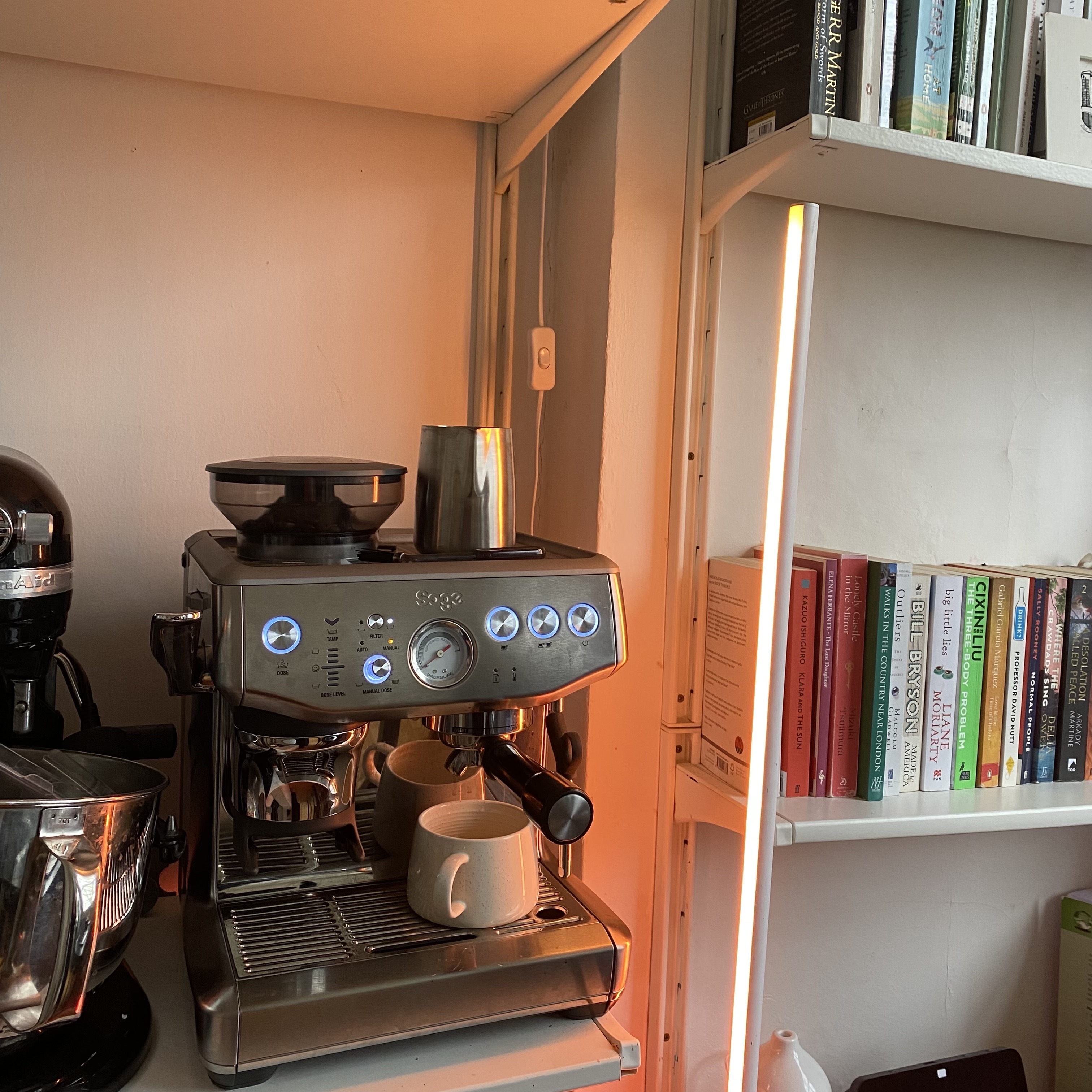 I'm a Kitchen Appliances Editor - out of all the utensils, gadgets and air fryers I've tested these are things I'd buy again
I'm a Kitchen Appliances Editor - out of all the utensils, gadgets and air fryers I've tested these are things I'd buy again'It takes a star product to make it into my kitchen'
By Molly Cleary
-
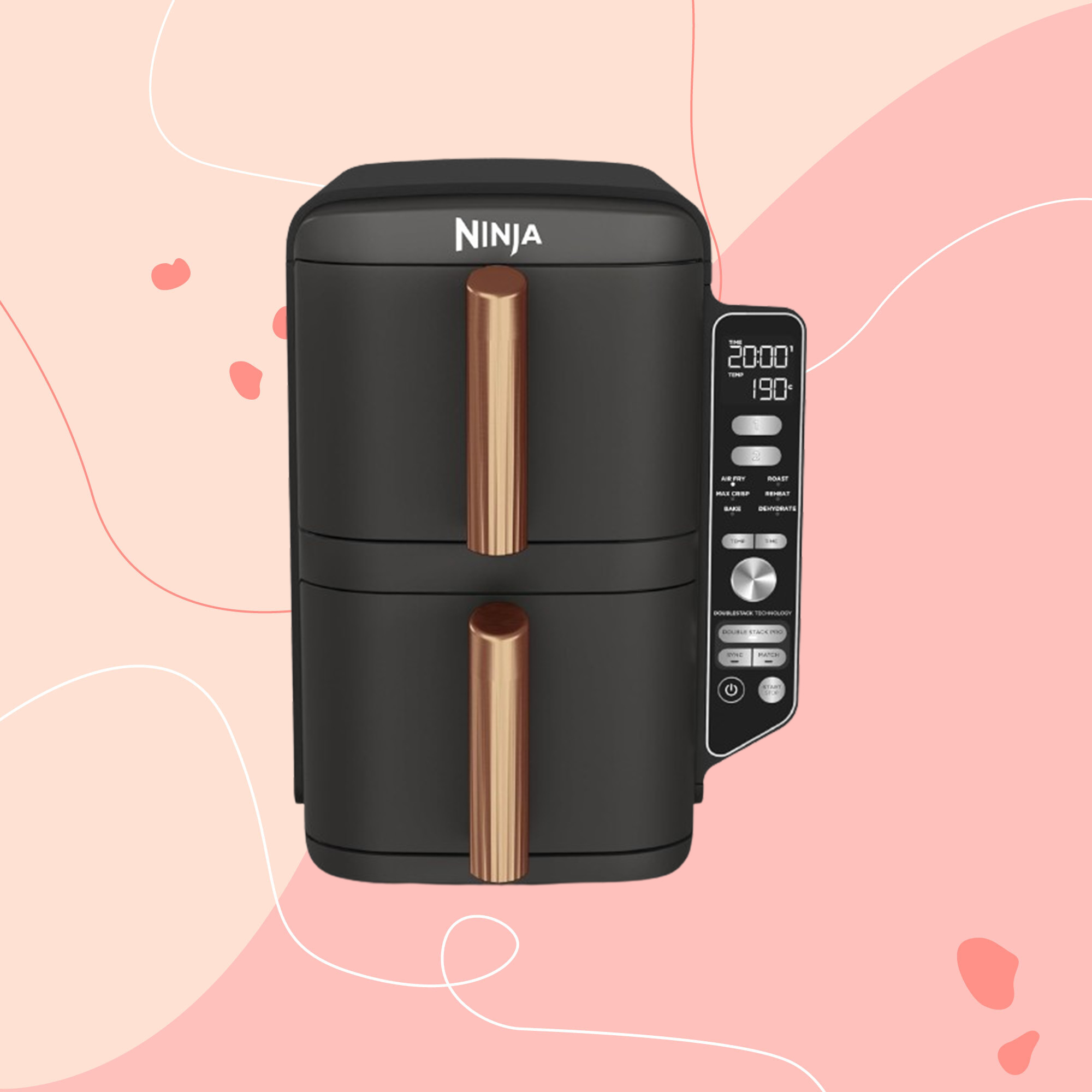 Ninja's sell out Double Stack Air Fryer is now cheaper than ever for Prime Big Deal Days - with a whole new colourway
Ninja's sell out Double Stack Air Fryer is now cheaper than ever for Prime Big Deal Days - with a whole new colourwayThis Amazon exclusive comes in a black and copper shade
By Molly Cleary
